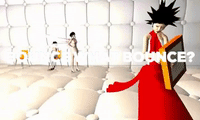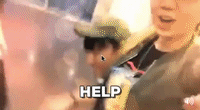These 6 weeks have been no short of amusement – from being enlightened with different concepts and intentions of example artworks to getting right into the grind of creating and experience the capabilities of the third space on first-hand.
We’ve been enlightened on how an audience can be performers, how media has turned from one-to-many to many-to-many and most importantly, how these works have changed the traditional medium – engaging audience as participants, it turns into an interactive media.
Cross-streaming performance
Our cross-stream project was purely unscripted and raw. I wanted it to capture content that was unfiltered – a capture of on site reporting, just like the Videofreex. It was like a sneak peek into the day of the life in a war zone country.
The beauty of it was how the subjects don’t know what went on back in the TV broadcasting station aka the OBS screen where effects of destruction were blasting freely.

Yet, it synced rather well with the visuals and our concept: reporting the state of a destructed city (North Korea), while the subjects act as victims/north koreans, totally unaware of the level of destruction that their leader has opposed on their country. Like how they are totally lost onthe explosions attacking them over in the OBS studio screen.

On inspirations, Videofreex will be one that everyone references to. As the popular quote goes,
“We’re all Videofreex”
And I can’t agree enough.
They were the pioneers that shaped a new medium in media, documenting hours of real-time footage that captured social and cultural events of the 1970s. The way they told stories and distributed them shy away from the traditional media and direct towards the way we share our media today, – using a portable device and sharing personal footage as seen on the viewfinder.
And here was I with my partner, being reporters onsite a ‘war zone’. As raw as it gets, we were simply documenting the everyday life events of people in a city of mass destruction. Exactly what the Videofreex were doing.
We were bringing personal content to the masses, opening a window to the uncensored and unfiltered world of daily lives. Anything might happen to us as this was an unscripted performance, engaging with the performers.
Just as how the videofreex member was attacked by a police, I was also caught off-guard and ‘attacked’ when a guy jumped out from the corner and carried me to the lobby as I walked out of B1-14.


Hole in Space – audience as performers, unscripted content

Similar to Kit Galloway and Sherrie Rabinowitz piece, the performers were the open crowd we interacted with. Everything was unscripted in Hold in Space and left to the crowd to take the stage. No one knew what was going to happen next or how the narrative would flow, which was the beauty of it. Similarly in this piece, students were openly expressing their thoughts to the camera ‘live’ to my facebook audience. They were bold in their actions and demeanor. Diana even danced.


However, when I asked them to make a statement about the person ‘live’, she suddenly retracted and did not want to go ahead. This accentuates the different between the superparticipation piece for Douglas David, where audiences were completely anonymous on text and free to shoot everything they wanted to say.
What I think: As for representing yourself in the third space, people tend to be bolder if they are unknown to each other. Knowing about the mutual friends between us, the person was afraid to go ahead and speak free of her thoughts.
Bold3rrr – glitch aesthetics, aberration
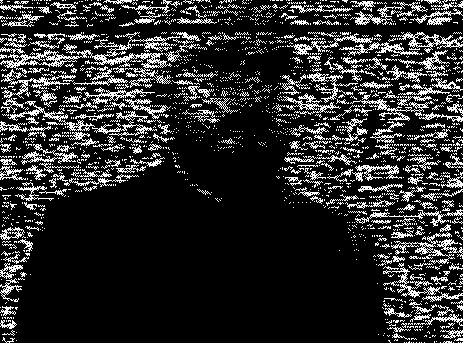
I was particularly struck by Jon Cate’s Bold3rrr piece in terms of his ‘dirty new media’ aesthetics. To me, glitch is the new aesthetic!!! I have taken the realization that not everything has to be clean or no error at all to heighten its aesthetics. There is this sense of allurement in the visual glitches and chromatic aberration in Cate’s work. An oddity we hardly come across for most artworks, hence I find this peculiarity captivating.
As mentioned previously for Cate’s piece, it gave me a bad headache from the visuals to the sound. It created a feeling disorientation – something I wanted my viewers to feel and relate to, regarding the state of North Korea.
Hence, the filter and two overlaying tracks were added to add on to the feel of dissonance. This was defitnitely inspired by how Cates added buzzing sounds and multiple audio, on top of his visually glitchy piece.

Overlaying the concepts and aesthetics of these artists works and incorporating them into my own gave me a sense of contentment and I felt that I’ve learnt key concepts from it.
Most importantly, I have gotten a better sense of this module – integrating past work as examples of research, studying them, using exploration, discussion, to get a better sense of how we interact in the age of the internet – the third space.
Implications on the future of art – Integrating the third space in many aspects of our lives
With the wave of possibilities brought upon by the technologies of the internet, I can see the third space taking over traditional platform and being incorporated into different uses such as learning, talks, concerts and such. Integration of third space into new media, progressing from the traditional forms that we currently have.
For example, singers or bands can hold ‘double concerts’ like a collaboration in the third space, instead of the conventional venues of concerts or performances.
Indeed, i’ve found websites that conduct such concert experience, which are ‘live’ and interactive.
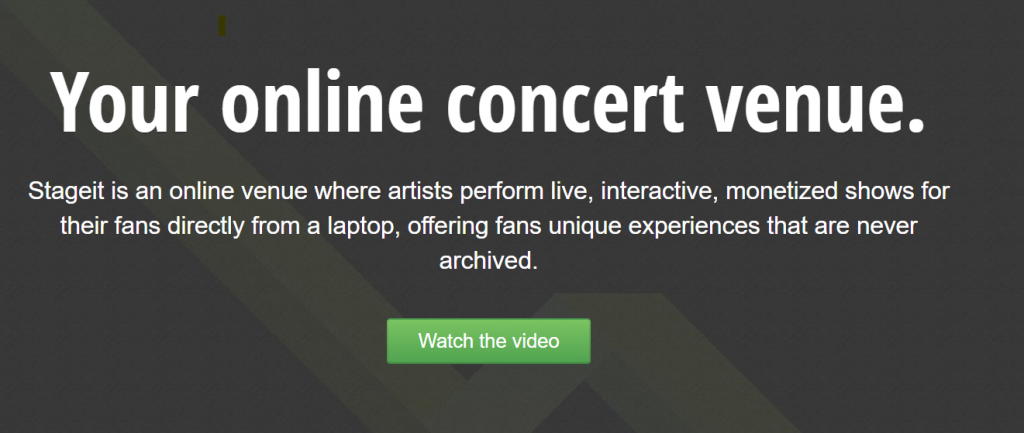
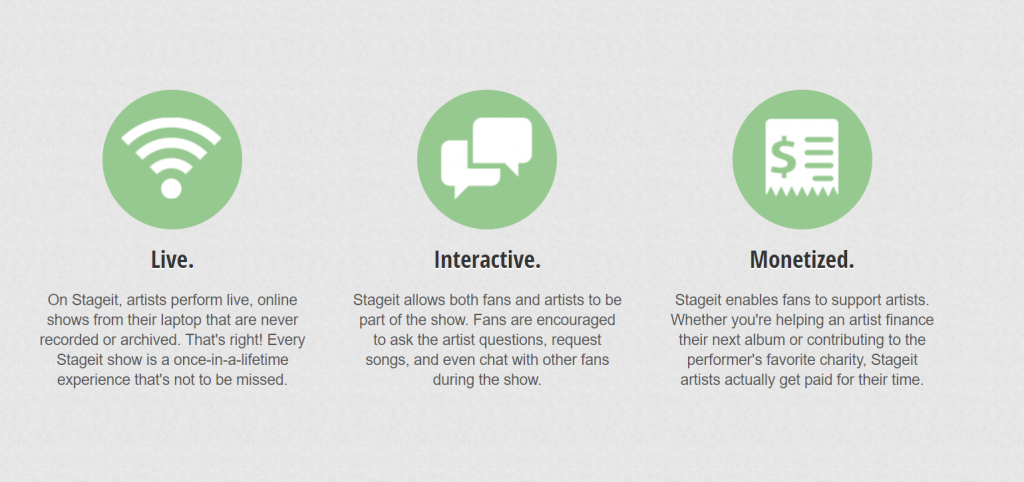
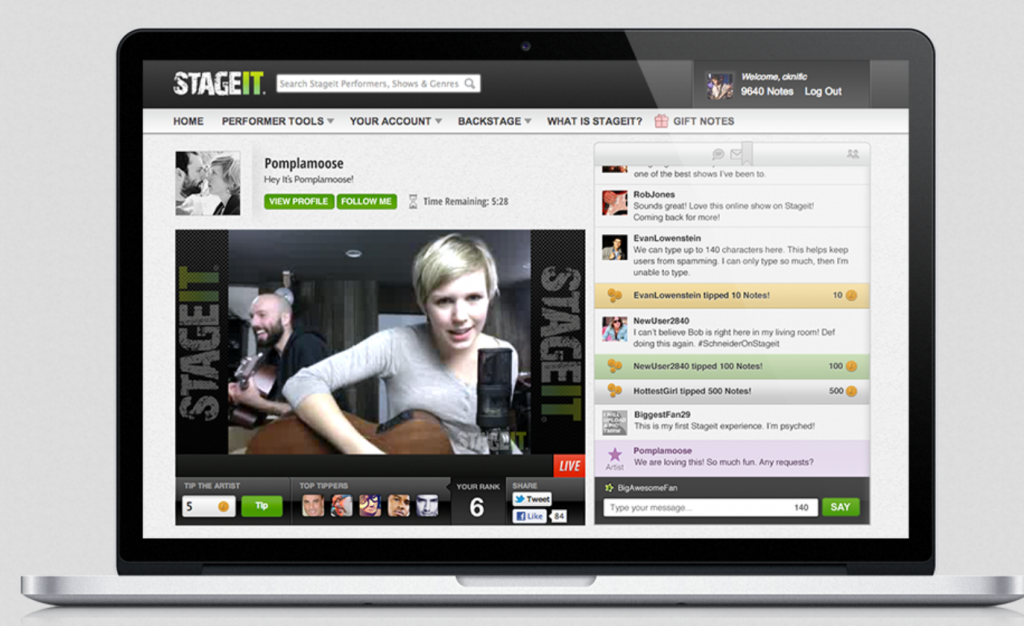

Another up and coming trend of internet would be using it for superparticipation. A good example will be Youtube ‘live’ sessions. I recently signed up for a talk and was about to block my calendar, when I saw that it will be conducted virtually. Cool! Convenient!

Annyeong reporting from North Korea. This time with effects.
Posted by Val Lay on Thursday, 21 September 2017
Watch the broadcast here! Be sure to watch it with sound for the dramatization!
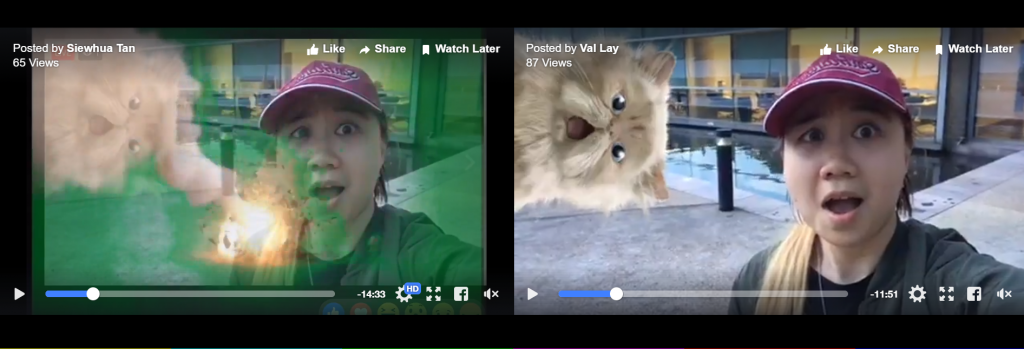
Click here for our cross-stream!



